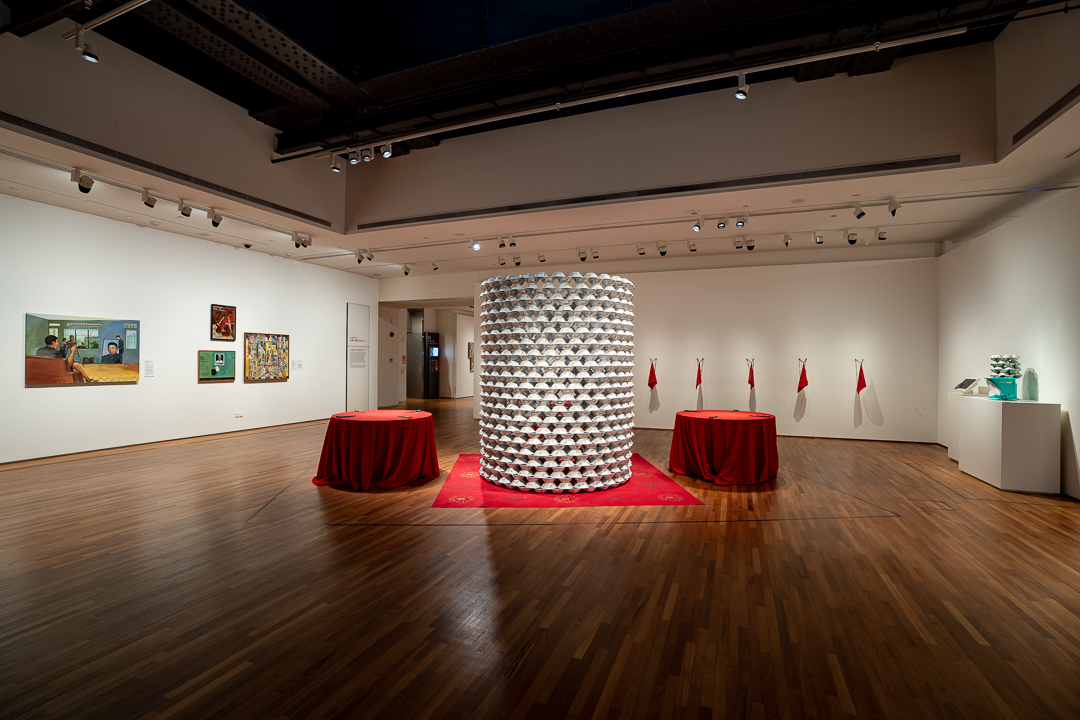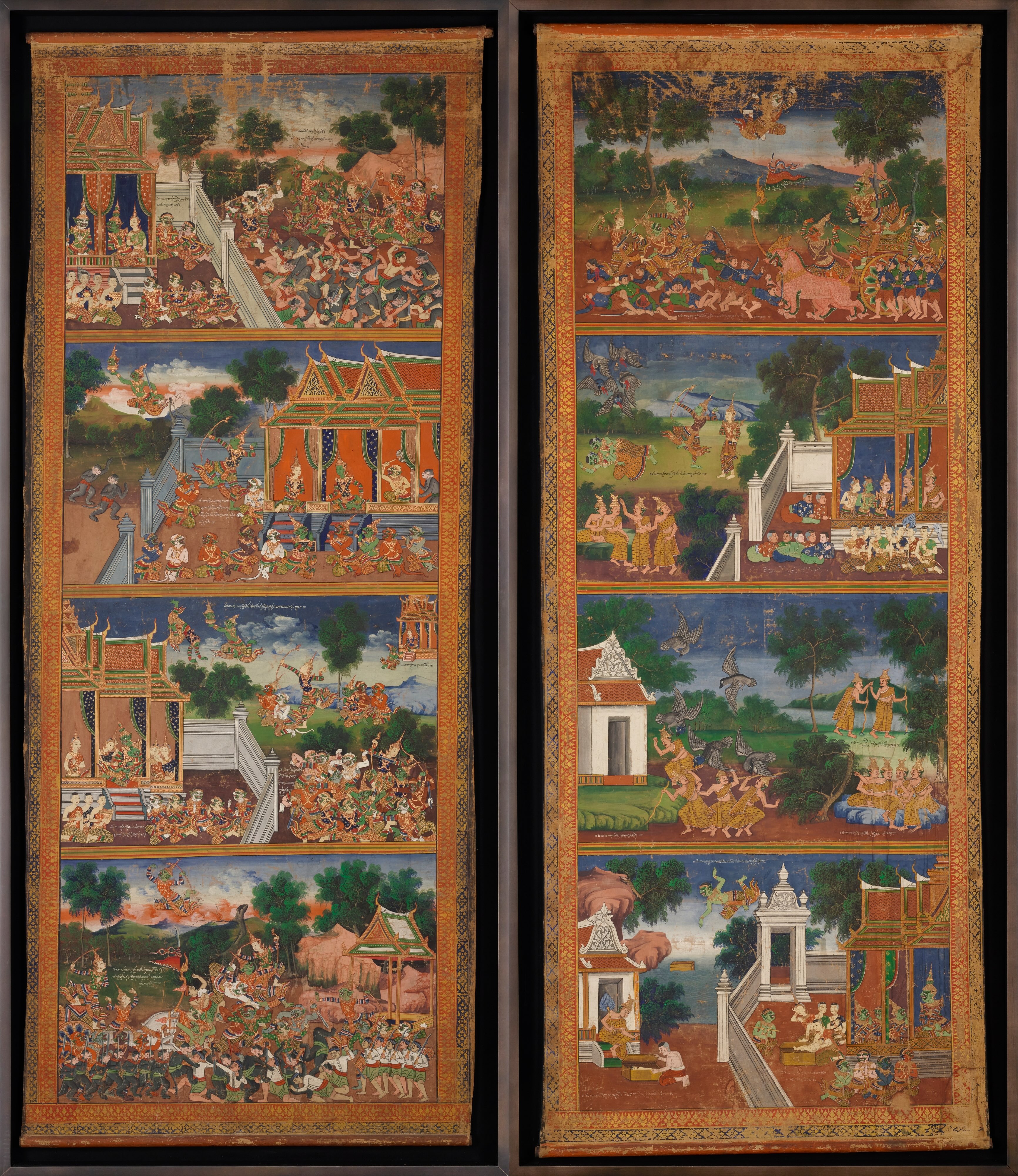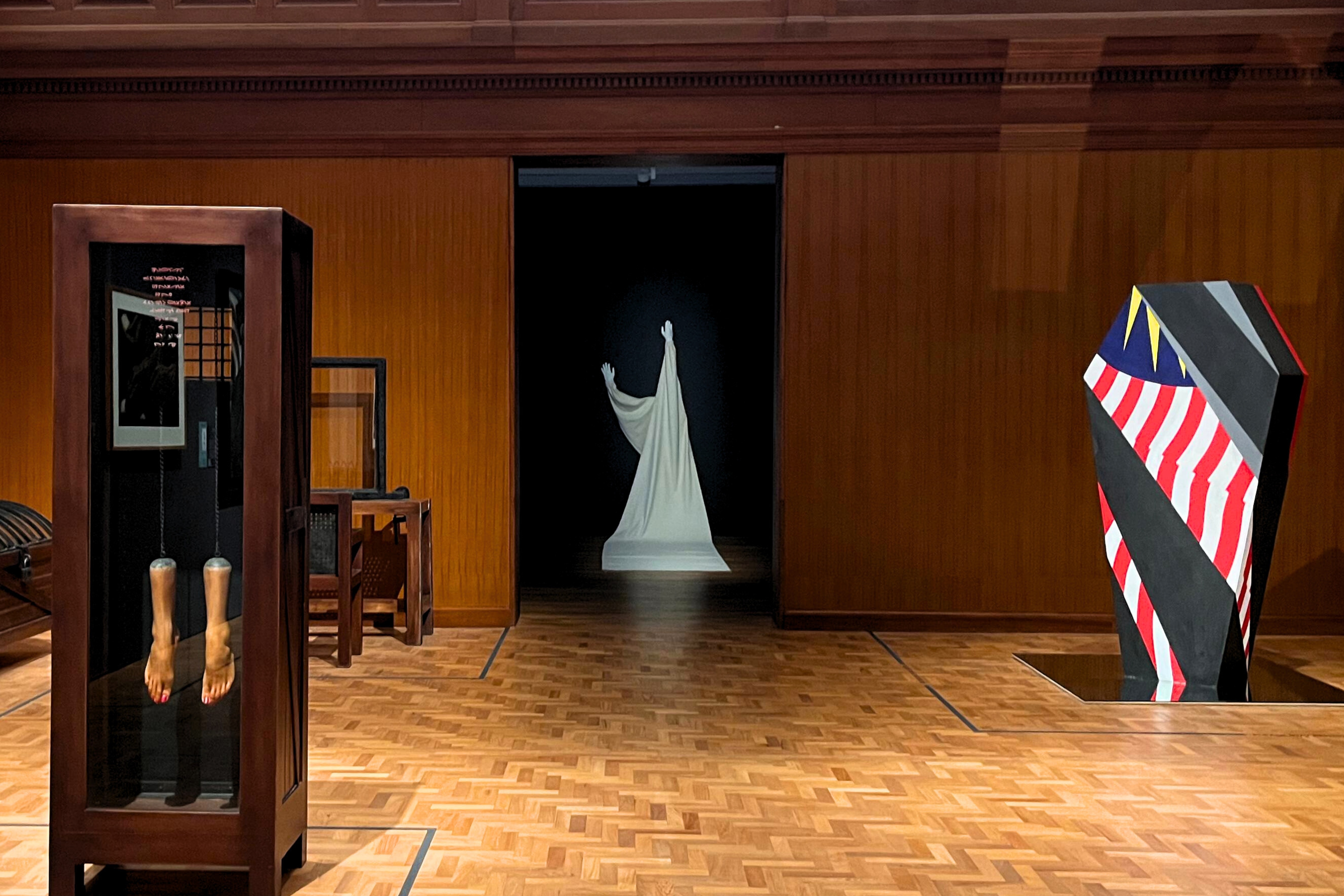Shows
New Artwork Acquisitions and Narratives in “Between Declarations and Dreams”


Housed in the former Supreme Court building, the UOB Southeast Asia Gallery, Between Declarations and Dreams: Art in Southeast Asia since the 19th Century, presents approximately 300 artworks across 15 Galleries that trace the shared artistic impulses across Southeast Asia since the mid-19th century. The exhibition navigates the art history of Southeast Asia, showing how the region’s artists continuously engaged with global artistic concerns as they negotiated the meaning of art and sought to reinvent vernacular traditions.
Displayed in a largely chronological sequence, the exhibition is punctuated by key turning points in artistic sensibilities, demonstrating that art is inseparably linked to the region’s tumultuous social and political histories. Continuously evolving, the Gallery regularly introduces new acquisitions and engaging programming to captivate visitors.
.jpeg)
Among the latest additions, Lê Phổ, Jeune fille en blanc (Young Girl in White), takes center stage in UOB Southeast Asia Gallery 5, symbolizing a pivotal period of artistic evolution. Its inclusion reinforces the narrative of the evolving expressions of regional artists amidst the shifting socio-political landscape of the 1920s-1940s. Senior Curator Phoebe Scott notes, “Lê Phổ's Jeune fille en blanc is a rare, early painting by this important artist, which we are delighted to have been able to add to our collection. The work shows Lê Phổ’s subtle and considered approach to painting in a period when artists across Southeast Asia were forging their own distinctive approaches to modernism.”

In the first quarter of 2024, a rotation of artworks in UOB Southeast Asia Gallery 1 and 2 will bring a new perspective to the beginnings of the Gallery’s narrative, showing how a dynamic history of trade and exchange in the arts of the region pre-dated and overlapped with the Western influences of the 19th-century colonial period. For instance, a newly displayed acquisition of a pair of c. 1900 Cambodian preah bot (painted scroll) paintings shows the modern evolution of Buddhist temple painting.
.jpeg)
The UOB Southeast Asia Gallery 9, Manifesting the Nation, unveils new additions that enrich the gallery's narrative. The mid-20th century witnessed a rapid succession of conflicts, from the aftermath of World War II to the tensions of the Cold War, profoundly impacting the region. These events reshaped power dynamics, intensified the struggle for independence, and fueled the politicization of art. A new generation of artists emerged, utilizing their work as a rallying cry for social change. Simultaneously, artists embraced the global move towards abstract art, exploring formal concerns like color, shape, and composition while delving into their cultural roots for inspiration.
Among the notable additions is Edgar Talusan Fernandez's Ang Tao (Human), created during the period of Martial Law in the Philippines. The artwork, devoid of a head or face, symbolizes the oppressive atmosphere of that era, referencing abductions of political activists and civilians. This piece prompts viewers to imagine any human as the focus, highlighting the pervasive impact of oppression.
In the same room, Fernandez shares his collection of postcards, a 1984 set titled Likha by Concerned Artists of the Philippines. Concerned Artists of the Philippines (CAP), still active today, is an organization of artists from different disciplines, and was formed in 1983 to protest the expansion of censorship during Ferdinand Marcos’ presidency. As mentioned in their declaration of principles, the CAP “hold that artists are citizens and must concern themselves not only with their art but also with the issues and problems confronting the country today.” The new additions serve as a powerful continuation of the gallery's narrative, capturing the artists' responses to the sociopolitical challenges of their time.
Between Declarations and Dreams: Art of Southeast Asia since the 19th Century is a permanent gallery within National Gallery Singapore. General admission (free for Singaporeans and Permanent Residents) applies. For more information, please visit https://www.nationalgallery.sg/southeastasia-between-declarations-dreams-art.
*presented by National Gallery Singapore







